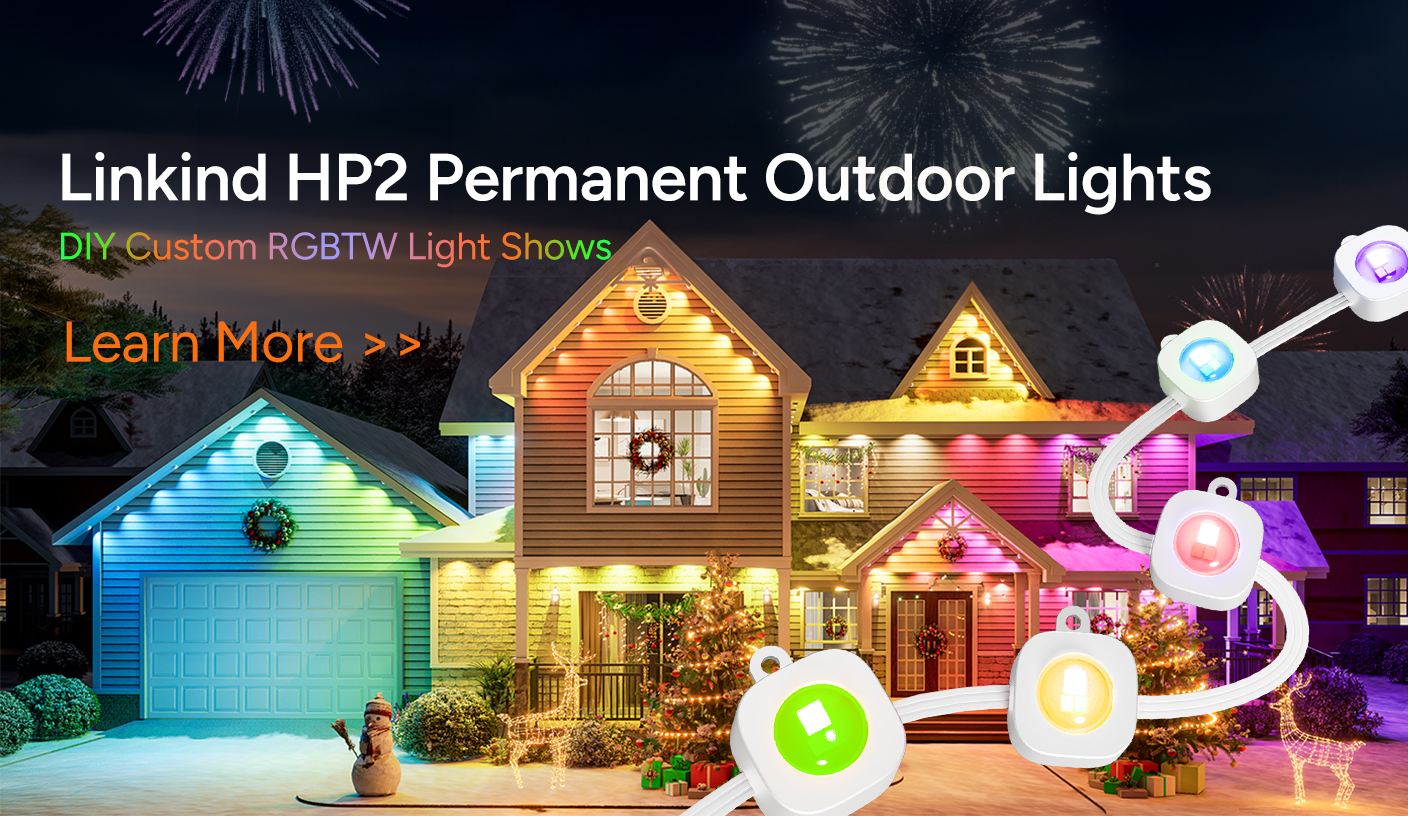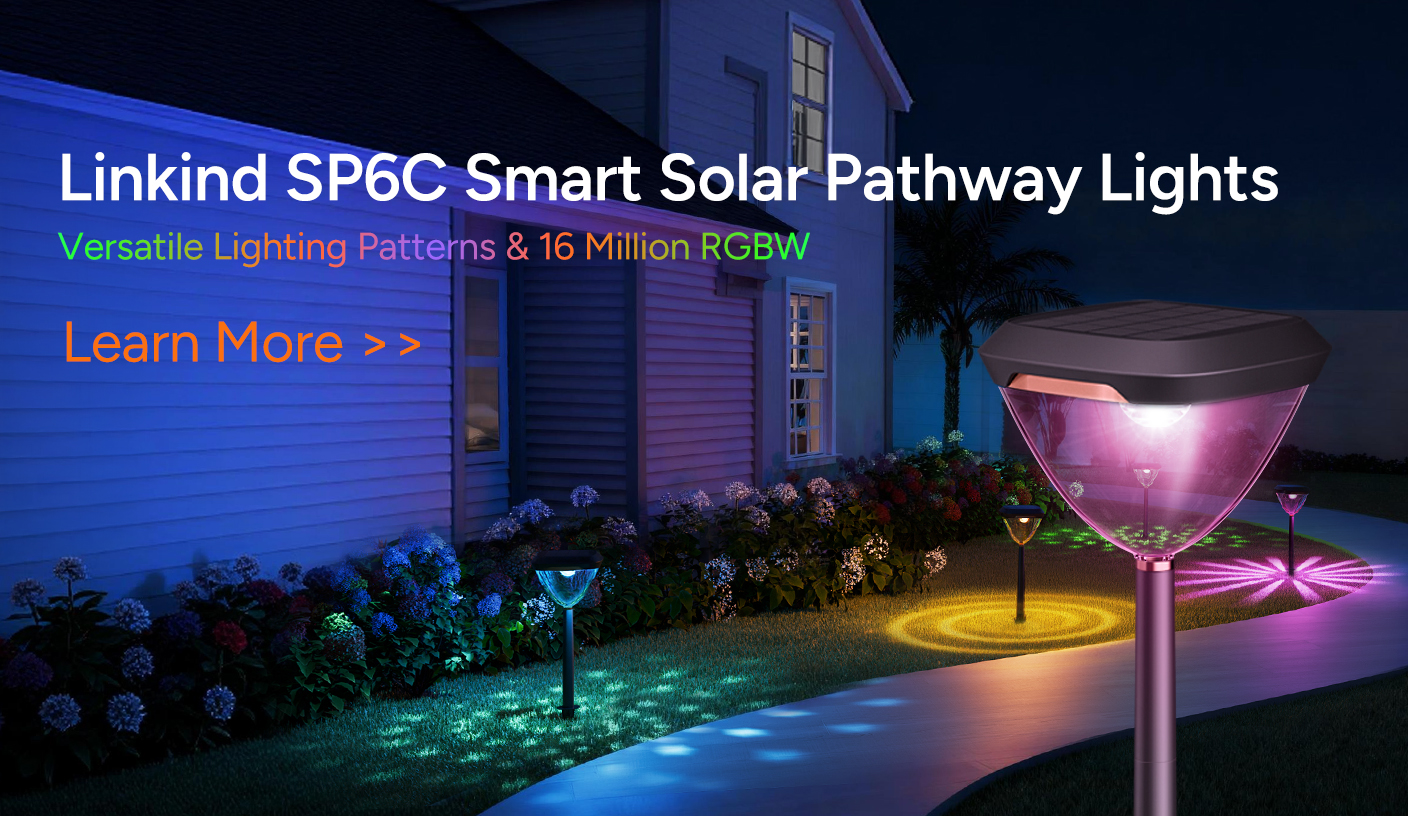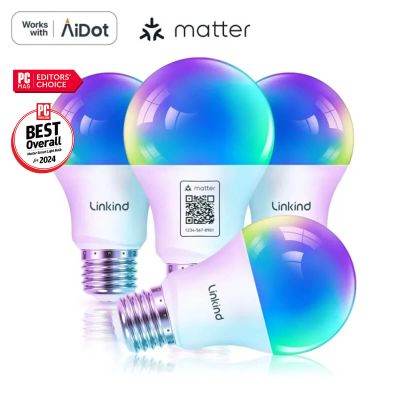When you walk into a room bathed in warm amber light, you might feel instantly relaxed. On the other hand, cool white lighting might make you more alert, even a bit tense. This isn’t just your imagination. Lighting, and more specifically color temperature, has a measurable impact on your brain and body.
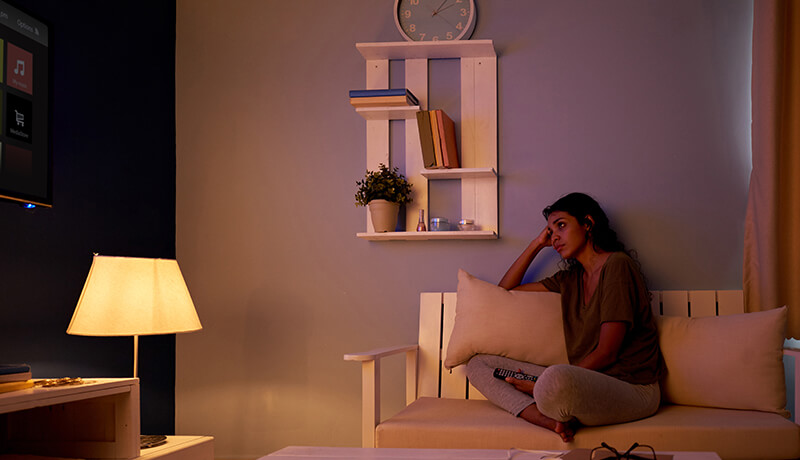

Color temperature is measured in Kelvin (K), and it refers to the hue of a specific type of light source. Lower color temperatures (around 2700K–3000K) emit a warm, yellowish light. Higher color temperatures (5000K–6500K) produce a cooler, bluish-white light. In between, you'll find neutral whites—often used in task lighting.
Warm light mimics the glow of a setting sun or candlelight. It’s commonly associated with comfort, coziness, and relaxation. This is why warm lighting is often used in bedrooms and living rooms. Cool light, however, is closer to daylight at noon and is typically associated with energy, clarity, and focus.
Studies in lighting psychology have shown that exposure to different color temperatures can affect the circadian rhythm—our internal body clock. According to a Harvard study, exposure to blue-enriched cool light in the evening can suppress melatonin production, making it harder to fall asleep. Conversely, using warmer light during evening hours helps signal the brain to wind down.
In workplaces, using cooler white light (around 4000K–5000K) has been associated with higher alertness and better performance. A 2016 study published in the Journal of Environmental Psychology found that participants working under 5000K lighting showed improved concentration and reduced reaction time compared to those under warmer lighting conditions.
However, constant exposure to high color temperature lighting can have downsides. Overexposure to cool light may cause eye strain, headaches, and elevated stress levels. That’s why many experts recommend dynamic lighting systems—ones that adjust throughout the day to simulate natural daylight shifts.
This biological link between color temperature and well-being is so strong that healthcare institutions are now integrating tunable lighting systems. Hospitals use warmer tones in patient rooms during nighttime to encourage rest, while using cooler lighting during visiting or treatment hours to promote wakefulness.
Color temperature also affects our emotional perception of space. Warm lights can make a room feel more intimate and inviting, while cool lights make spaces feel more spacious, clinical, or even tense. This is why high-end retail stores and galleries often switch between warm and neutral lighting based on the atmosphere they want to create.
For homeowners looking to optimize lighting, the best approach is to layer lighting—combining ambient, task, and accent lighting—while ensuring the color temperatures align with the intended purpose of the room. Bedrooms benefit from warmer tones (2700K), kitchens and bathrooms can use cooler neutral light (3500K–4000K), and workspaces thrive under bright, cool light (5000K+).
One overlooked application of color temperature is seasonal affective disorder (SAD). People in northern climates, where daylight is limited in winter, may experience depression symptoms due to lack of exposure to high color temperature daylight. Light therapy boxes using 6500K daylight bulbs have been shown to alleviate these symptoms by mimicking natural sunlight.
Lighting designers and architects are also turning to color temperature as a way to shape the sensory experience of a building. Hotels, for instance, might use warm light in the lobby to create a cozy welcome and switch to cool lights in conference rooms to keep guests alert during events.
Moreover, the rise of smart lighting systems has made it easier for homeowners to control color temperature via mobile apps or voice commands. Many LED smart bulbs now offer tunable white features, letting users slide between warm and cool tones to suit different times or moods.
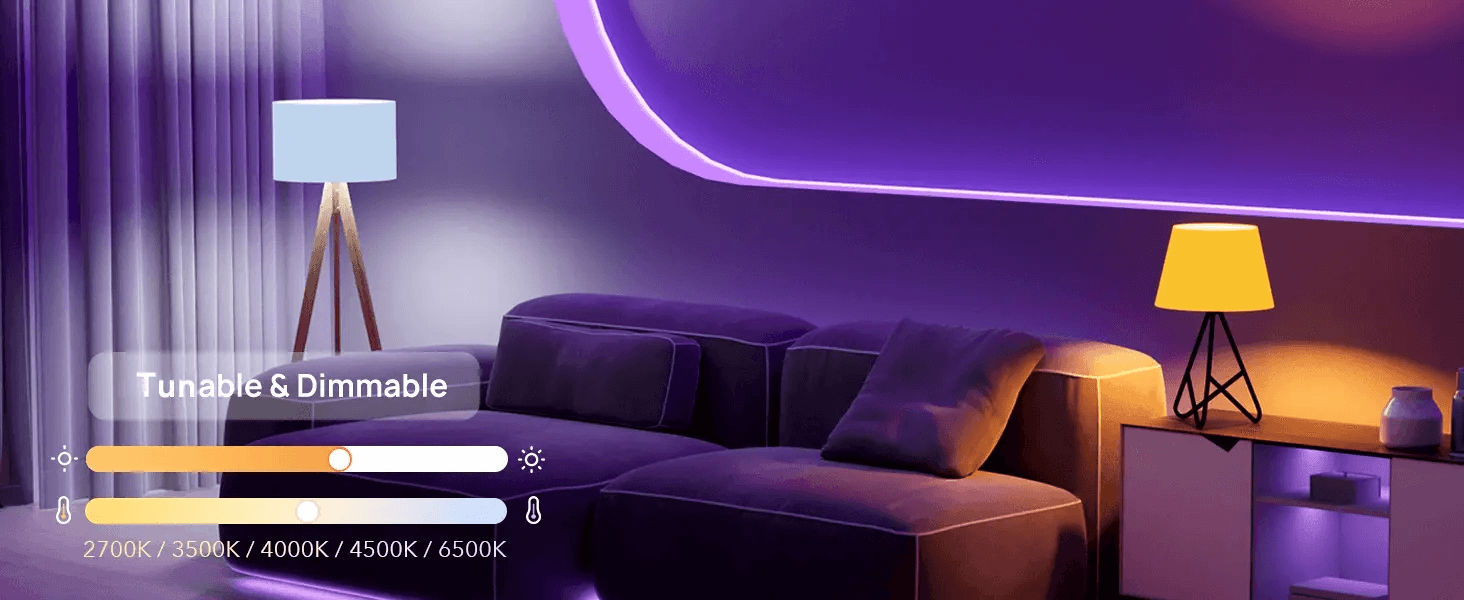

From a sustainability angle, color temperature doesn’t directly affect energy usage, but higher-efficiency LEDs across all temperature ranges allow households to reduce power bills without sacrificing ambiance. It’s now possible to enjoy cozy 2700K lighting using only 8–10 watts per bulb, compared to older incandescent bulbs that consumed 60 watts for the same effect.
Understanding color temperature isn’t just for designers and electricians—it’s a practical tool that affects your mood, sleep, health, and productivity. By choosing the right color temperature for the right space and time, you can create an environment that supports both your physical and emotional well-being.
Whether you’re setting the tone for a dinner party, getting ready for a productive work session, or winding down before bed, light—and its temperature—is always part of the story.











